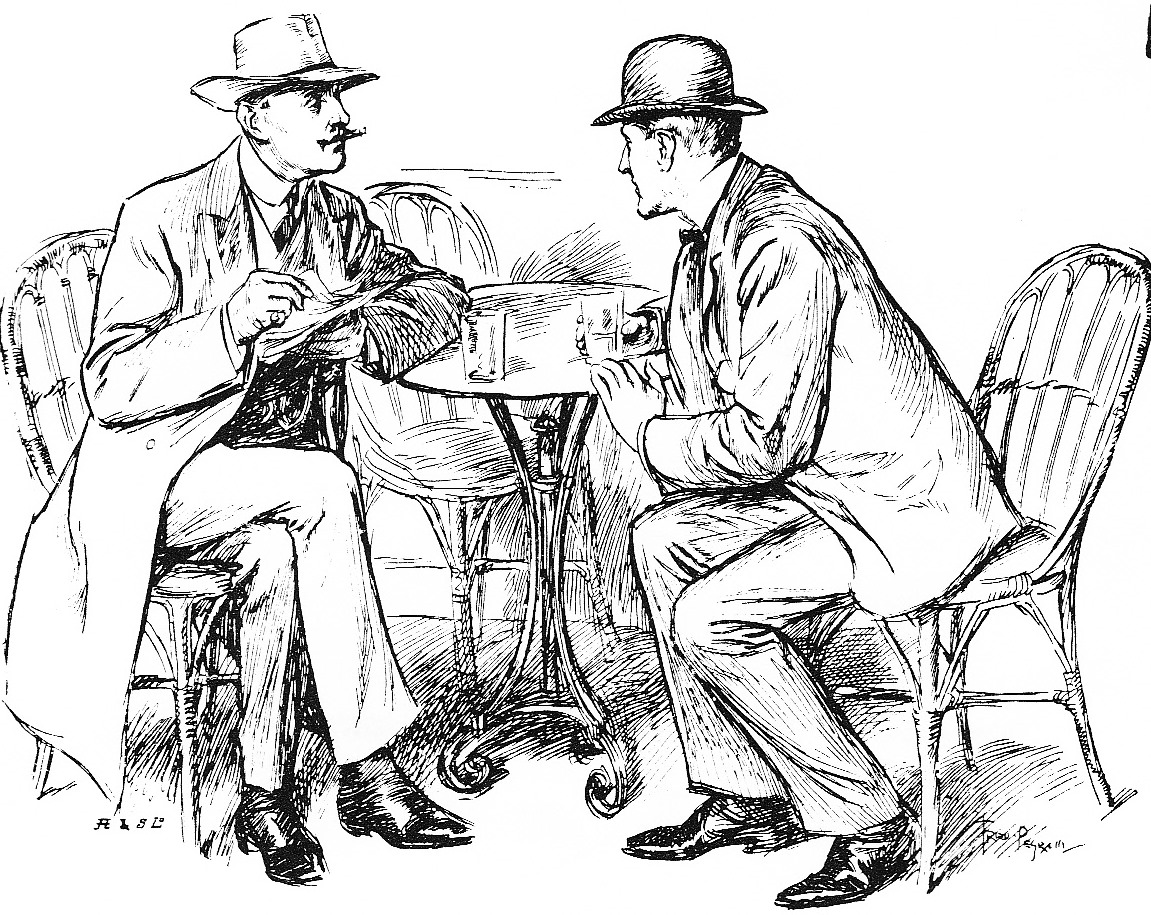Endangered Languages that Risk Disappearing
Table of Contents
Lovelorn Poets/Flickr
Experts predict that by 2050 more than half of the world’s almost 6,000 languages will be extinct.
Languages are dying at an alarming rate, according to Whole Earth – more than twice that of endangered mammals and four times that of endangered birds. Every language is intrinsically valuable, representing a unique people, culture, and history. It is important to identify endangered languages as quickly as possible and take steps to preserve them before it is too late.
How to Determine a Dying Language
It is a mistake to assume that the size of the current population of speakers exclusively decides whether or not a language will die. The age distribution of native speakers is a phenomenal indicator of any impending language trends.
For a language to thrive over time, it must acquire new speakers. Although war and colonization has historically accomplished this task time and time again, the most sustainable way to nurture language growth is to pass it down from one generation to the next.
In Indonesia, several indigenous languages boast millions of native speakers, but they are all of advanced age and getting older. Because these speakers never passed their native tongue down to the next generation, their large size as a population does not preclude them from being high on the endangered list.
In contrast, there are only 30,000 speakers of Ladin, but almost all children in the community learn it as their native tongue, keeping Ladin safe from the possibility of dying out.
UNESCO’s Four Levels of Endangerment in Languages
UNESCO, the United Nations Education, Scientific and Cultural Organisation, recognizes four levels of endangerment in languages, based on intergenerational transfer.
The first classification is “Vulnerable,” indicating that most children speak the language, but it may be restricted to certain domains (e.g., home). Next, “Definitely Endangered” means children no longer learn the language as a mother tongue in the home. Should the situation not be ameliorated, the language then becomes “Severely Endangered” and only grandparents and older generations speak it fluently. While the parents’ generation may understand it, they do not speak it to children or among themselves.
Finally, a language becomes, “Critically Endangered” when the youngest speakers are grandparents or older and they only speak it partially and infrequently.
Why These Languages Matter
In theory, it might seem simpler if the whole world spoke just one language. There would be less miscommunication and maybe even more cooperation among people. However, one cannot know the value that a language might hold. Stephen Wurm’s book, The Atlas of the World’s Lanuages in Danger of Disappearing, provides an example of a medicinal cure dependent upon the knowledge of a traditional language.
Northern Australia experienced an outbreak of severe skin ulcers that were not responding to conventional treatment. An Aborigine women told the nurse about a lotion derived from a plant that could cure the ulcers, bringing the crisis to an end. This is not an isolated incident and has sparked a search in Australia for medicinal plants known to Aboriginal people using their languages. Unfortunately many of them are fast dying out and the search is a race against time.
Why Languages Die
Population pressures and the spread of industrialization are the leading causes of language extinction. Often, developing infrastructure connects previously isolated communities and begins to pressure people to choose between their traditional tongue and a more common one, as they adapt to make a new life in the rapidly changing world.
Languages do sometimes co-exist for a time, but eventually one becomes the de facto method of communication in academia, commerce, and other forms of culture. Ultimately, the older speakers die out and the younger generations use the more convenient language increasingly exclusively. South Africa’s Afrikaans is at risk of being a future example.
So How Do We Save Them?
To preserve a language, it is absolutely crucial to ensure intergenerational transfer. The youth needs constant exposure to the language and must be fluent enough to pass it down to their children. Maori, one of the three official languages of New Zealand was at one point at great risk of dying out.
However, the community created and installed programs to revive it. The introduction of a Maori TV channel and Maori language schools have helped keep the language alive. In 1987 the Maori Language Act made Te Reo an official language of New Zealand. Time will tell if these efforts are enough to save the language but it looks promising.
Listen & Learn has the utmost respect for the incredible history and importance of all the world’s languages. If you are ready to do your part to keep a language you would love to know from ever going extinct, Contact Us to start learning now.



